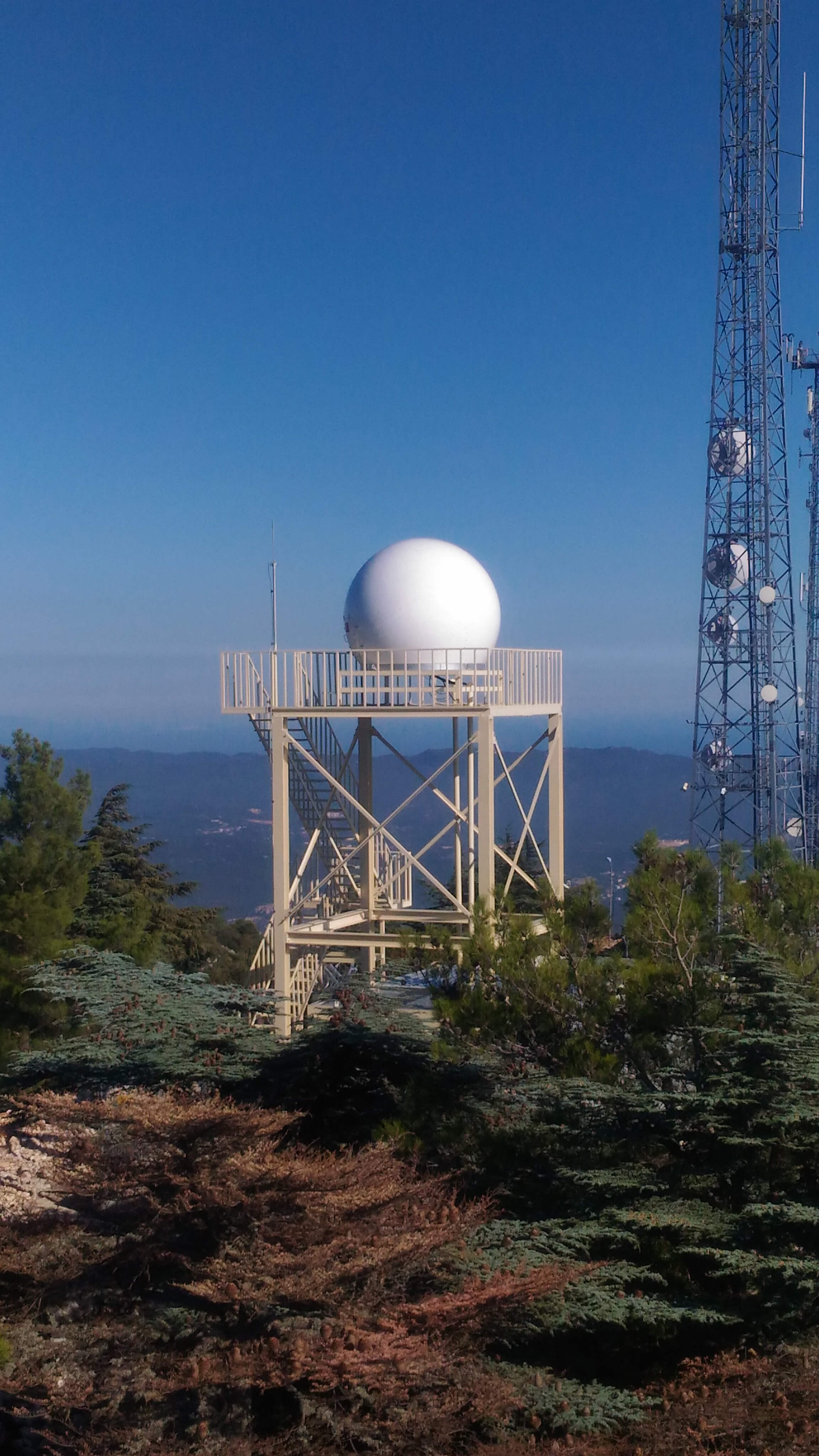Ground Based Radomes
Ground Based Radomes ; A radome is a weatherproof, structural enclosure that houses a radar system or antenna and attenuates the electromagnetic signal transmitted or received by the antenna as little as possible. And a ground based radome is a radome on the ground.
A ground based radome shields antenna surfaces from the elements and conceal antenna electronic equipment. Weather radomes, air traffic control radomes, satellite communications radomes, and telemetry radomes are all examples of specialized radome producers who manufacture radomes for a wide range of applications.
Stationary Antennas
A large amount of ice can de-tune a stationary antenna to the point where its impedance at the input frequency rises dramatically, resulting in an increase in voltage standing wave ratio (VSWR). This reflected power is returned to the transmitter, potentially causing overheating.

A foldback circuit can help prevent this, but it has the disadvantage of significantly lowering the station’s output power, thereby reducing its range. A ground based radome prevents this by enclosing exposed antenna elements in a weatherproof, durable material such as fiberglass, preventing debris and ice from damaging the antenna.
The need for radomes during WWII was one of the primary motivators for the use of fiberglass as a structural material. When calculating wind loads, using a radome reduces both normal and iced wind loads significantly. Many tower sites require or prefer the use of a ground based radome to protect them from falling ice or debris.
They could be used instead of a radome on the ground in the case of an electric antenna heater. The heaters are generally fed with direct current and have no physical or electrical effects on radio transmission signals’ alternating current.
Radar Dishes
Radar dishes are protected from icing by a single large spherical dome that covers the rotational mechanism and delicate electronics.
The Menwith Hill electronic surveillance station, for example, which houses over 30 radomes, is said to regularly intercept satellite communications. The radome enclosures at Menwith Hill conceal the orientation of the antennas from observers, preventing them from knowing which satellites are being targeted. Similarly, a ground based radome conceal the antennas used in ECHELON installations.

During the Cold War, the US Air Force Aerospace Defense Command was in charge of overseeing and maintaining dozens of air-defense radar stations across the United States and Alaska. The vast majority of ground radars at these locations were shielded by rigid or inflatable radomes.
The radomes were usually at least 15 meters (50 feet) in diameter and were attached to tower structures that also housed the radar transmitter, receiver, and antenna. Some of these radomes were enormous.
Ground Radome Variants
Composite Radomes: A composite radome is, a sandwich radome. A spherical dome is made up of doubly-curved panels that are joined together to form a rigid, self-supporting shell structure with two shells.
Air Supported Radomes: An air-supported radome is a flexible fabric envelope that must always be inflated. This device’s operation is dependent on non-interruptible power and blower redundancy systems. This envelope cloth provides the best RF performance.
Space Frame Radomes: The space frame radome is a rigid, self-supporting structure made up of triangular panels joined together to form a geodesic dome. This type of radome is most commonly used in severe weather conditions. other radomes: Radome

